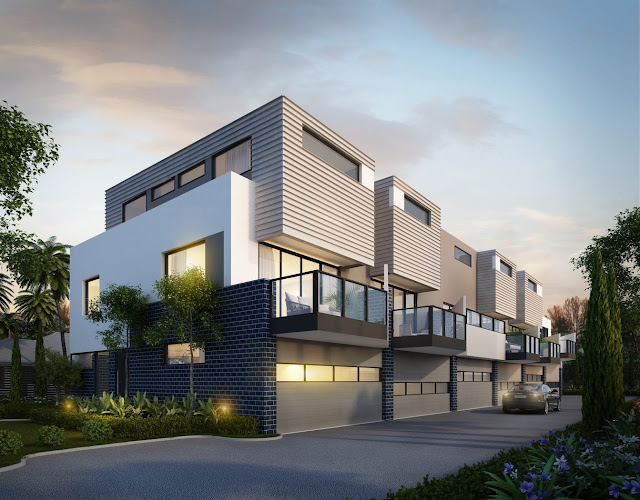Representation of 3D Architectural Technology
Architectural rendering essentially
refers to the preparation and presentation of a building structure design
project so that the person responsible for the construction of the building can
easily approve the design. The presentation of the design can be done for a
commercial and residential unit. Architects and designers used to write a
project simply by sketching the different parts of the building with their
dimensions or specifications. Furthermore, each adjacent room would be
represented in the form of a simple block diagram.
3D Architectural Rendering Outsource
With the existence of computer-aided
design and multimedia-related architectural techniques, there has been a huge
change in presenting new development plans to planners and potential buyers.
Suppose you apply for planning permission, and therefore when you use 3D
rendering technology you can take advantage of showing people what your
development will be like when it is completed.
A 3d architectural representation is specific to your presentations and even uses
real textures, materials, colors, and finishes. 3d architectural rendering outsource representation, also called a real photographic representation, is
used for purposes related to fixed representations, panoramic representations,
virtual tours, etc.
A computer architecture rendering
service is primarily designed to meet the needs of architects, home builders,
developers, planning consultants, and real estate marketing agencies. Although
this is a 3D rendering service, it is easy to change the surface materials
whenever necessary. So after making the necessary changes, using a range of
different building materials, you can finally see what the development will
look like. To create accurate 3D representations, use topographic surveys and
site maps as reference points. 3D architectural renders can certainly be seen
as a cost-effective solution. This information is used to create actual slab
heights and roof lines for visual representation. Additionally, 3D renderings
can be used for marketing and sales purposes. This is done by adding a higher
level of aesthetic detail to architectural renderings, such as people on
balconies, cars in driveways and gardens, etc. All of these attributes will
help create powerful sales images that inspire confidence and are sought after
by potential buyers.




Comments
Post a Comment